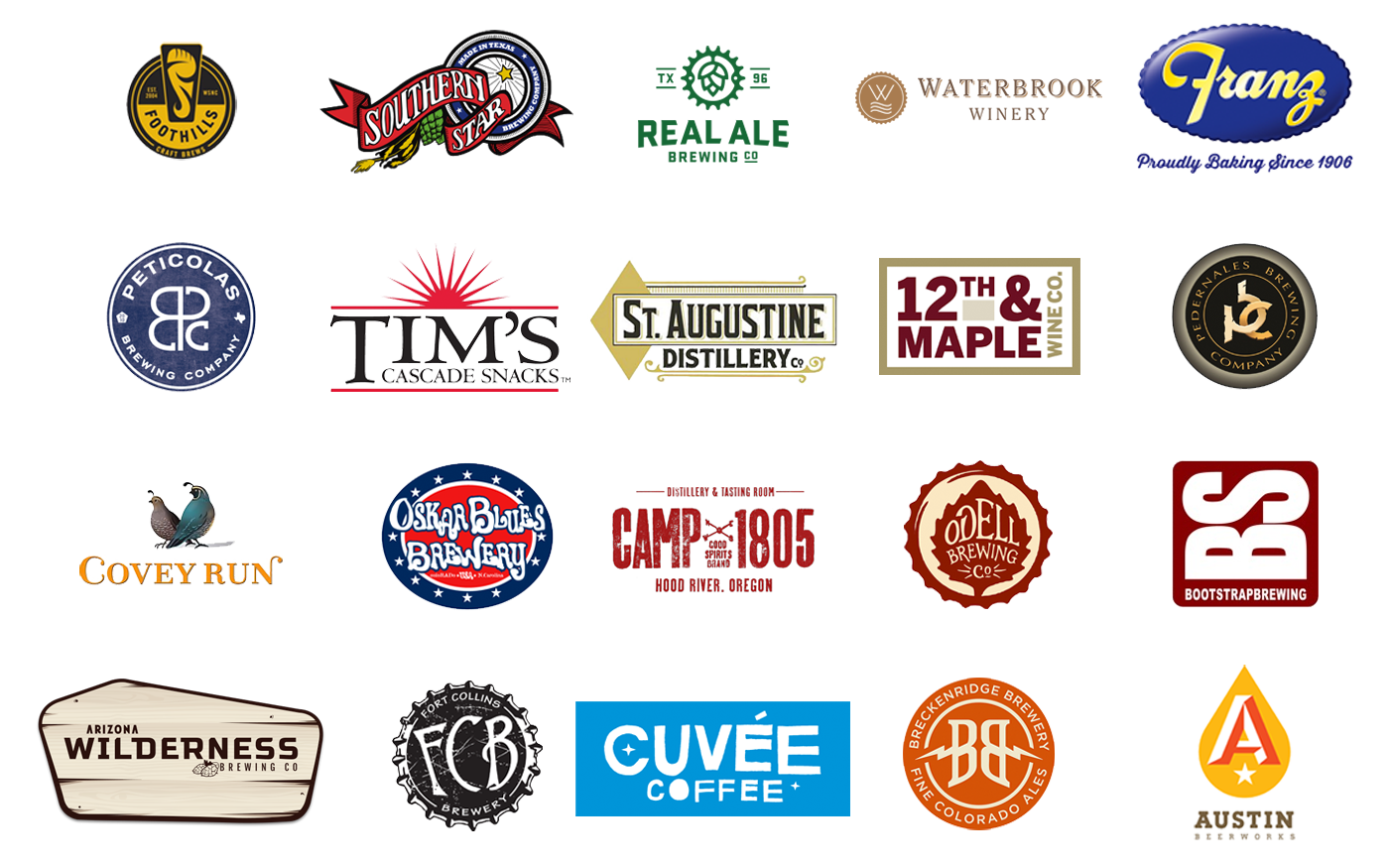I searched and read a few threads on this, but just had a few questions. We bought a 7bbl system that came with a relatively small plate in frame. We figured it was too small so got a second donated to us and figured we would run the first city water against glycol (3HP unit set to 28 degrees) and then that city out against wort in. First try city was at 68 and it took us an hour and 5 minutes to get 230 gallons in at about 85 degrees, problem is glycol was overworked and got up to 65 degrees or so but quickly recovered when we finished. Next we ran the city through a 20 foot by 1/2 inch copper coil in 44 degree ice bath...we were running about 5-6 gallons a minute city, about 4 gpm on the wort which was going in at about 85 again...a slight improvement but only slight, this time our glycol heated up to 58 and then slowed.
Obviously we need a bigger plate in frame, and will probably put a cold liquor tank in the walk in and forget about the glycol, but....
1) I read that the wort valve should be downstream of the HE, does that mean the pump with the valve on the outflow of the HE should all be downstream of the HE?
2) If we use a cold liquor that's pump fed, does that pump and valve also need to be on the output side of the HE? And to get that going if the walk in is a ways away should the CLT be off the ground to gravity feed the HE?
3) If we do use a coil pre chiller (actually going to add a second coil inside the first) in ice what is the ideal flow rate? If we go too fast we aren't getting enough contact time right?, should we use a pump/whirlpool in the ice bucket? But if you don't go fast enough you won't carry enough heat off your wort. How do you optimize the flow rates?
one brewer told us that the cooling water out being hot is good meaning you are taking away heat and another said it doesn't matter what it is in our system, set your city water flow to your glycol units BTU capacity and then adjust wort flow until desired temp into fermenter is reached, but the faster the city flow the better. Should we also dump the plates in an ice bath?
HelP!
Obviously we need a bigger plate in frame, and will probably put a cold liquor tank in the walk in and forget about the glycol, but....
1) I read that the wort valve should be downstream of the HE, does that mean the pump with the valve on the outflow of the HE should all be downstream of the HE?
2) If we use a cold liquor that's pump fed, does that pump and valve also need to be on the output side of the HE? And to get that going if the walk in is a ways away should the CLT be off the ground to gravity feed the HE?
3) If we do use a coil pre chiller (actually going to add a second coil inside the first) in ice what is the ideal flow rate? If we go too fast we aren't getting enough contact time right?, should we use a pump/whirlpool in the ice bucket? But if you don't go fast enough you won't carry enough heat off your wort. How do you optimize the flow rates?
one brewer told us that the cooling water out being hot is good meaning you are taking away heat and another said it doesn't matter what it is in our system, set your city water flow to your glycol units BTU capacity and then adjust wort flow until desired temp into fermenter is reached, but the faster the city flow the better. Should we also dump the plates in an ice bath?
HelP!


Comment